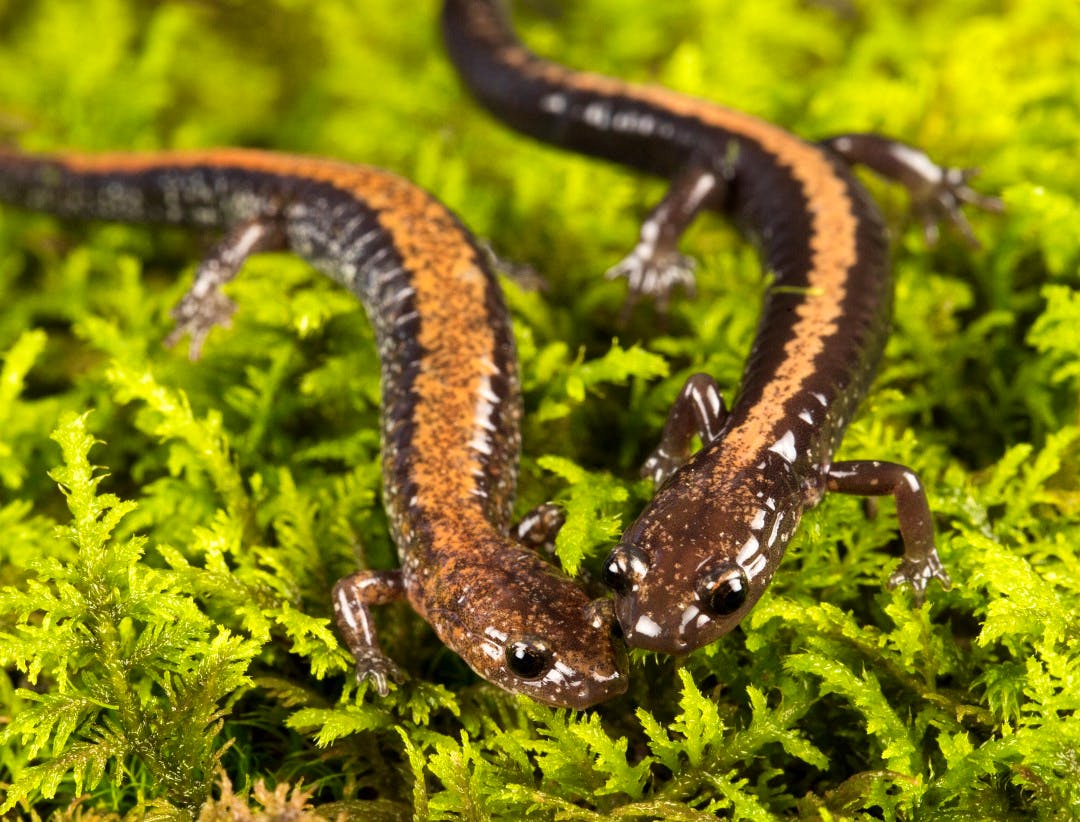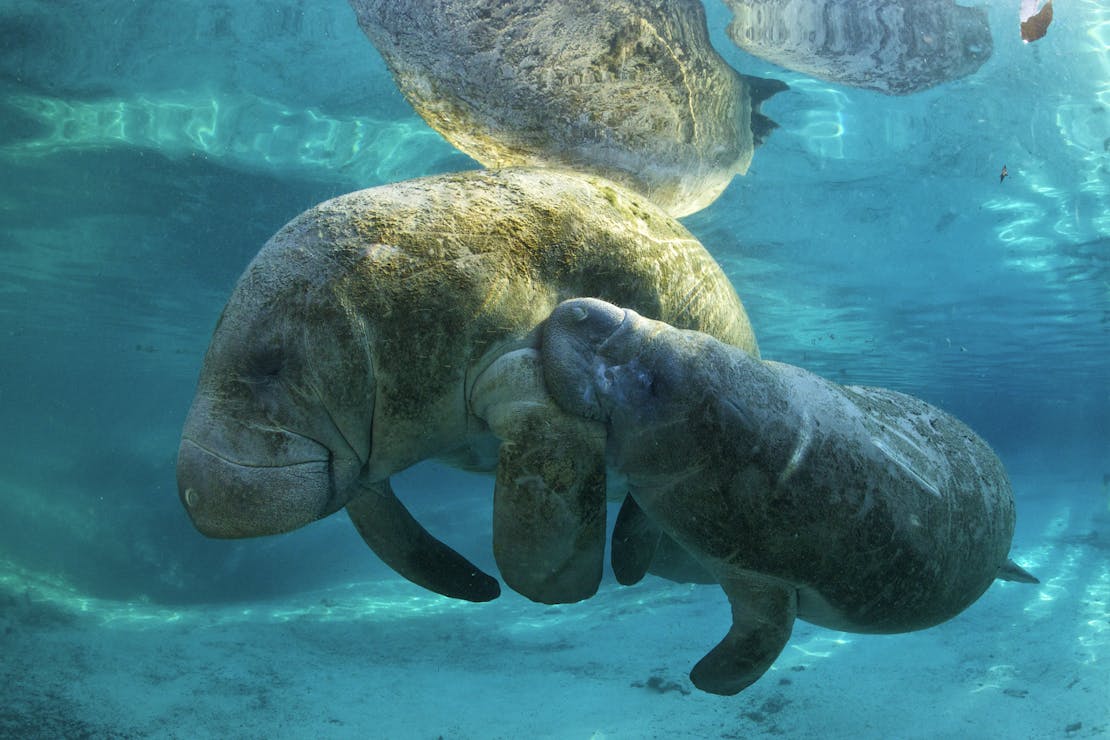The United Nations has unveiled a devastating prognosis for the fate of the earth. In a summary of a 1,500-page report, the Intergovernmental Science-Policy Platform on Biodiversity and Ecosystem Services (IPBES) concluded that about 1,000,000 species worldwide are at risk of extinction, many within just a few decades, and more than ever before in human history. This includes more than 40% of amphibian species, 33% of reef forming corals, and more than a third of all marine mammals, like the critically endangered North Atlantic right whale and Florida manatee.
Although the full report is set to be published later this year, the summary’s conclusions are grave. Its assessment finds that human activities are responsible for accelerating species extinctions and that “[t]he health of ecosystems on which we and all other species depend on is deteriorating more rapidly than ever.”
Worse, these losses “constitute[] a direct threat to human well-being in all regions of the world.” The conversation around conservation is changing, as people are beginning to recognize the link between human health and well-being and the health of the environment that scientists have been hinting at for years. We depend heavily on biodiversity for ecosystem services such as crop pollination, pest control, outdoor recreation, carbon sequestration, flood protection, and drinking water. According to Professor Sandra Diaz of Argentina, who co-chaired the Assessment, “Biodiversity and nature’s contributions to people are our common heritage and humanity’s most important life-supporting ‘safety net.’ But our safety net is stretched almost to breaking point.”
The Report draws on “about 15,000 scientific and government sources,” while also considering indigenous and local knowledge. It was compiled by hundreds of international experts over the course of three years and is one of the most exhaustive efforts to quantify the biodiversity crisis our planet immediately faces, building on the landmark Millennium Ecosystem Assessment of 2005. The report stresses that our actions are eroding the “very foundations of our economies, livelihoods, food security, health and quality of life worldwide.”
Amid the 6th mass extinction crisis, this report only further highlights the pressing need to defend our bedrock environmental laws that were put in place to protect our cherished wildlife and the habitat on which they depend. But, our government in the United States is doing the opposite, while other countries around the world are taking a more proactive approach. In July 2018, the Trump administration introduced three regulations which would weaken the Endangered Species Act (ESA) and ensure that endangered and threatened species take a back seat to political and cost considerations. Among other things, the new regulations would deprive species categorized as threatened of protections under the Act, weaken critical habitat protections in the interest of allowing more development, and allow economic considerations to be factored in listing decisions. In other words, the Trump administration is attempting to do precisely what the IPBES report warns against.
We have to find hope in this report. It is not too late to reverse the trend towards extinction, but we must act now to preserve laws like the ESA. We have long known that the ESA is highly effective — over 95% of listed species survive and hundreds more are on the path to recovery. It is also a widely popular law, with 90% of American voters supporting the Act. The fate of our environment, human well-being, and imperiled species depend on conserving biodiversity, and the ESA is our best tool to do so here in the United States. This report only confirms what we already know: that we are inextricably intertwined with the environment and we cannot, in good conscience, weaken the tools that stand between us and the destruction of our planet. Our lives, the lives of our children, and the wildlife we value depend on it.












Follow Defenders of Wildlife
facebook bluesky twitter instagram youtube tiktok threads linkedin